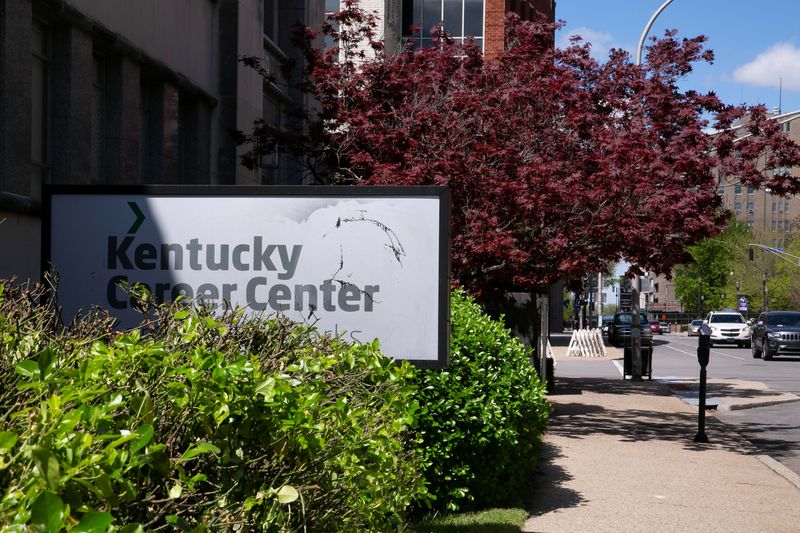By Ann Saphir
(Reuters) – Any doubts the Federal Reserve will go ahead with an interest-rate cut next week fell away on Friday after a government report showed U.S. employers added fewer workers in October than in any month since December 2020.
The 12,000 increase in non-farm payrolls last month was far short of the 113,000 economists had anticipated even after they tried to account for tens of thousands of workers kept off the job by a Boeing (NYSE:BA) strike and the impact of two large hurricanes in the Southeast.
The unemployment rate, however, remained at 4.1%, in what some analysts took as an indication that the labor market remains strong and much of the unexpected weakness in payrolls will be reversed when the strike is resolved and as hurricane damage is repaired.
Some 512,000 people reported they were unable to work due to bad weather, the most for any October since the Bureau of Labor Statistics began tracking that figure in 1976.
“The nonfarm payrolls may not be great on its face, but this recent drop should be a temporary miss as rebuilding and activity pick up after the hurricanes and with the likelihood of the Boeing strike ending,” said Byron Anderson, head of fixed income at Laffer Tengler Investments.
Traders of futures that settle to the Fed’s policy rate were pricing about a 99% chance of a quarter-point interest-rate cut on Nov. 7, to 4.5%-4.75%, compared with 92% earlier. But notably, rate-futures prices reflected no chance the Fed would deliver another half-point interest-rate cut as it did in September when it began easing policy to head off deterioration in labor markets.
Traders are now pricing about an 83% chance that the policy rate will be in the 4.25%-4.50% range by year end, compared with 69% before the data, and have firmed up bets the Fed will bring the rate down to 3.50%-3.75% by July 2025, versus September 2025 previously.

